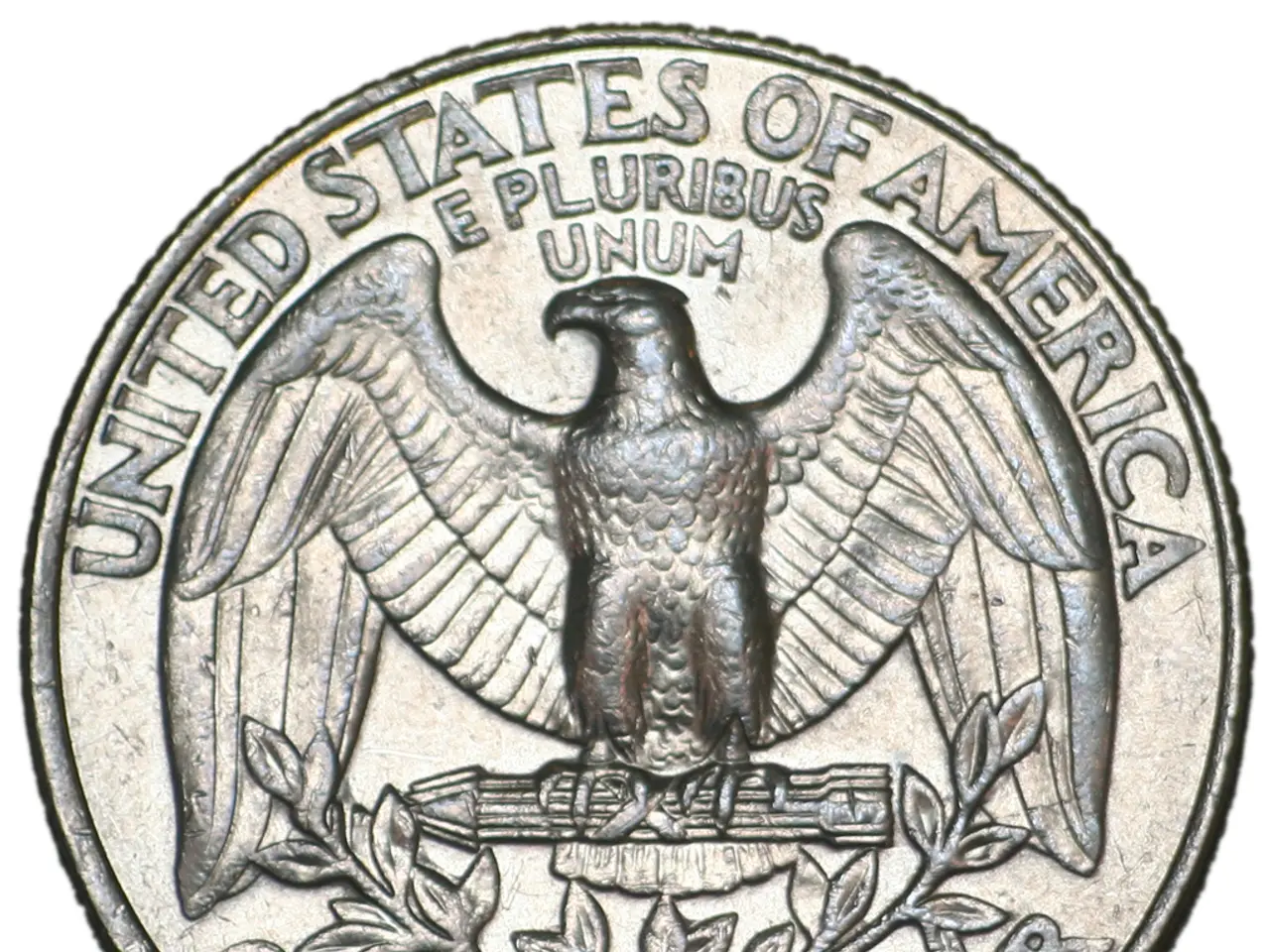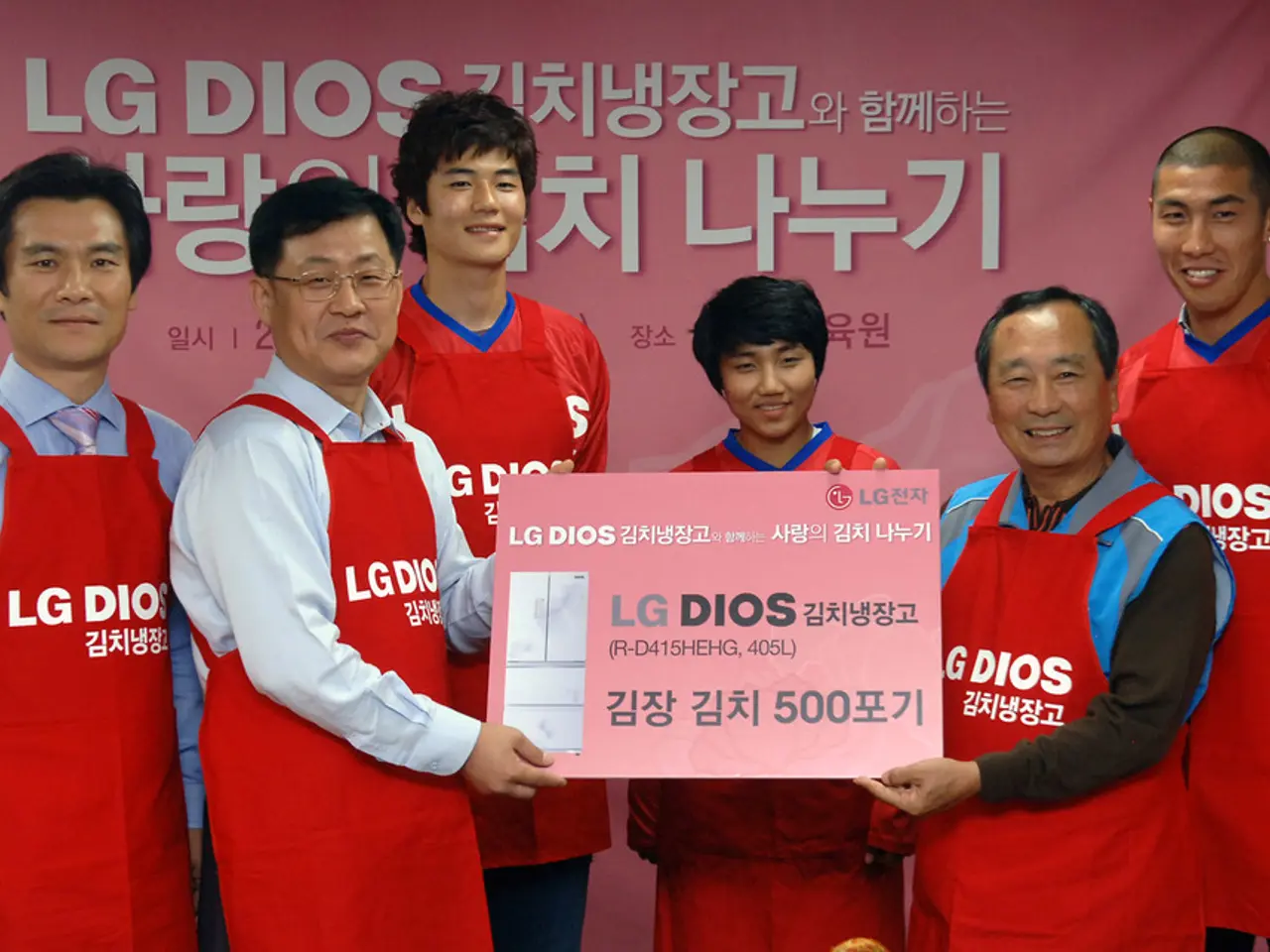Rapid Expansion in Nanowire Battery Market Projected at 32.1% Compound Annual Growth Rate Through 2034
In the ever-evolving world of technology, a new frontier is emerging: the nanowire battery market. Particularly significant is the focus on silicon-based anodes, which are poised to revolutionize lithium-ion batteries and propel the market towards substantial growth.
Key players in this exciting realm include LG Chem, ACS Materials, and Amprius Technologies. LG Chem, for instance, is making strides with its R&D, developing hybrid anodes that combine silicon nanowires with proprietary electrolytes. This innovative approach aims to reduce swelling, a common issue in traditional silicon-based anodes, thereby enhancing the overall performance and longevity of the batteries.
Meanwhile, ACS Materials supplies high-purity silicon nanowires for research and prototype battery development, while Amprius Technologies has made waves in the aerospace industry by supplying ultra-high-energy batteries for applications such as Airbus' Zephyr drone.
The demand for these advanced batteries is driven by the need for higher capacity, faster-charging batteries in consumer electronics. Silicon nanowire anodes enable batteries to maintain the same physical size while significantly increasing capacity, making them ideal for compact devices requiring long battery life and rapid recharge cycles.
The Asia-Pacific region, particularly China, Japan, and South Korea, is leading the charge in this market. The strong electronics manufacturing hubs, large consumer bases, and expanding electric vehicle industries in this region have created a fertile ground for the growth and innovation of nanowire battery technology.
OneD Battery Sciences, for example, is focusing on extending EV range while maintaining fast-charging capabilities through its nanowire integration. LG Chem, too, is investing in next-gen battery materials, including silicon nanowire anodes, to compete with solid-state batteries.
The future of the nanowire battery market looks bright, with projected growth driven by increasing demand for lightweight, high-capacity batteries in consumer electronics and electric vehicles, advances in silicon nanowire battery production scalability and stability, and strong Asia-Pacific investment and manufacturing ecosystems.
Companies investing in better battery designs and partnerships will thrive in this market. OneD Battery Sciences is developing SINANODE technology, embedding silicon nanowires into graphite anodes for higher energy density in conventional lithium-ion cells. Nexeon is also advancing silicon anode materials for lithium-ion batteries using nanowire technology.
Amprius Technologies has already commercialized silicon nanowire anode batteries, achieving record energy densities. As these advancements continue, we can expect to see the nanowire battery market expand rapidly, particularly in consumer electronics, with the Asia-Pacific region at the forefront of growth and innovation.
- The renewable-energy industry is showing immense interest in the nanowire battery market, as advancements in technology offer potential solutions for higher capacity, faster-charging batteries, which are essential for both consumer electronics and electric vehicles.
- The finance sector is likely to be significantly impacted by the growth of the nanowire battery market, with companies investing in better battery designs and partnerships poised to thrive in this market, as evidenced by OneD Battery Sciences' development of SINANODE technology and Nexeon's advancements in silicon anode materials.
- The future of the renewable-energy sector, particularly in consumer electronics and electric vehicles, is tightly linked to the development and adoption of data-and-cloud-computing technologies and the scalable and stable production of nanowire batteries, as the Asia-Pacific region, with its strong manufacturing hubs and expanding electric vehicle industries, is leading the charge in this market.




